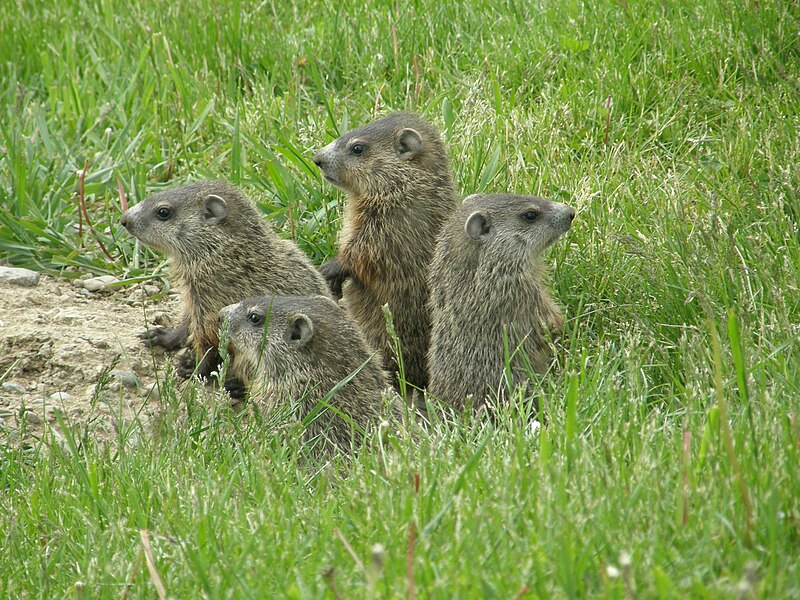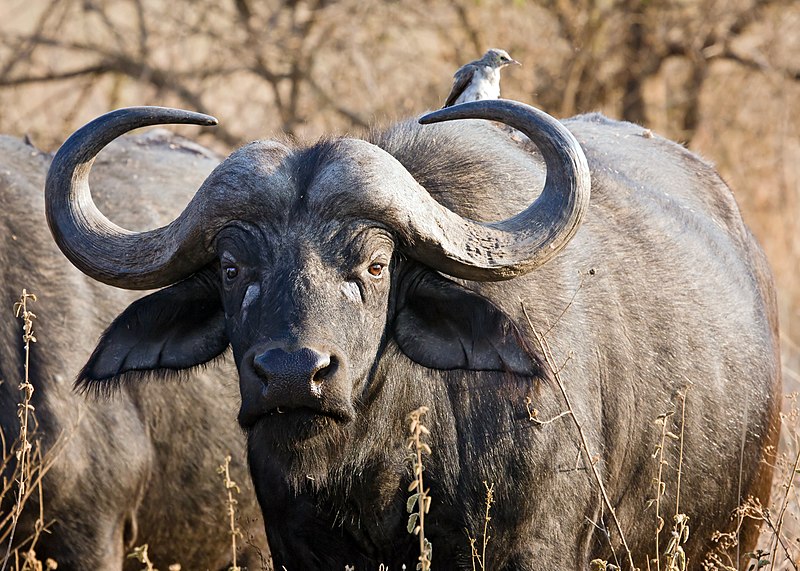Wow! Today is the last day of the “new” year. A lot has
happened this past week as well! I’ll tell you all about it!
For starters, the play I wrote called “The King on a Cross”
is coming along great. We’ve got lots of major parts filled. The parts we have
filled are all filled by people from our church (Leptondale Bible Church):
Zoey, Kim, Mary the Mother of Jesus and a few members of the crowd and other
possible roles are filled as well. However, we are still missing quite a few
people to act and help with behind the scenes stuff, so if you’d like to either
be in or help with the production, please send an email to animaladventures@aol.com. We could
use your help!
“Planet of the Dinosaurs” (the stop-motion series I am
working on) is coming along great! All the photo-taking for the second episode:
“The Tropical Poles” is complete. I should have a “demo” clip from this episode
for you to view real soon! This means that the series as a whole is roughly 17%
finished. I have started taking pictures for the third episode of the series
(“Back to the Jurassic”) as of last Monday. I actually almost forgot that I had
completed a demo clip for the first episode, “Out of Africa”. Simply click the
video below to be transported to northern Africa, 4,900 years into the past:
You might recall that I said this series might be ready for
viewing by March, but I am now thinking a more realistic release date would be
in early April. Lord-willing, this series is going to be great!
For many of us, winter can’t end soon enough! A lot of us
are tired of shoveling, clearing driveways and bundling up to face the chill.
Soon it will be springtime and all this will change. But how soon is the
question. How soon will it be until winter loosens its icy grip? This is when
some people call upon Punxsutawney Phil, a famous groundhog who on February 2nd
(aka Groundhog Day), is supposedly able to tell if winter is ending soon or if
we’ll have six more weeks of winter. We all know how it works: if Punxsutawney
Phil sees his shadow, it means that there will be six more weeks of winter, but
if he doesn’t see his shadow, it means spring is on its way! So we’ll have to
wait two more days to see when winter ends!
 |
| Punxsutawney Phil on Groundhog day |
Alright, all superstitions aside! Punxsutawney Phil can’t really
tell when winter is ending (only God can do that!). Did you know that according
the StormFax Weather Almanac, Phil has predicted correctly 39% of the time? But
even still, Phil and his rodent cousins really are an amazing group of animals.
So I’d say with Groundhog Day being only two days away, now would be the
perfect time to look at these chubby little rodents God has made.
 |
| A groundhog eating |
Needless to say, Punxsutawney Phil is a Marmota monax, aka, the groundhog.
These furry mammals belong to a group of large ground squirrels known as
marmots. Other names for the groundhog include woodchuck and whistle-pig. The
groundhog can be found anywhere between northern Alaska and Georgia, talk about
a wide range! These rodents normally grow up to 26 inches long and can weigh 9
pounds, however, in areas rich with alfalfa and few predators, groundhogs can
reach 30 inches long and weigh 31lbs! Predators that like to eat groundhogs for
dinner include coyotes, wolves, dogs, foxes, bobcats, bears, and large hawks.
Snakes can also pose a problem for young groundhogs.
 |
| The range of the groundhog |
Despite being ground squirrels, groundhogs don’t store food
underground like tree squirrels (you can learn more about these guys by going
to THIS ENTRY). Instead, they just
eat while the going is good. Their diet consists of anything from berries,
grasses, nuts, and agricultural crops (this is why farmers hate these cute
little guys), but did you know these animals are omnivorous? They also will eat
grubs, snails, insects such as grasshoppers and other small animals.
When my family and I were living in one of our previous
houses, we had a family of groundhogs living in our yard. It was great fun
watching them! If my memory serves correct, we had a family of six – two parents
and four babies. Unlike many other mammals, father groundhogs stick around
after mating (many mammals mate and move on); however, just before the babies
are born, he skedaddles! The breeding season for these rodents is from March to
April at the latest and babies are born in April or May. A mother groundhog has
one litter and year and the babies are born blind, hairless and helpless. After
the babies are born, the mother feeds them with milk – mammals are the only
animals God created to produce milk to feed their newborns (however, some male
birds such as emperor penguins and pigeons produce a milk-like substance to
feed the chicks).
 |
| Four baby groundhogs coming out of their burrow. They are SO CUTE!!! |
Groundhogs are diurnal and very alert when feeding. I
remember that when the mother and baby groundhogs were out feeding, the mother
would keep a close vigil on her surroundings to make sure that there were no
predators around. And if we ever made a sound while watching them, they would
freeze until they felt it was safe to presume feeding. However, if they saw us
come outside, the little creatures dashed into their burrow! When danger is
nearby, a groundhog will make a whistle-like sound to warn other groundhogs.
Hence their nickname: “whistle-hog”! Despite their hefty body-build, groundhogs
are great swimmers and climbers and will sometimes climb a tree or take to the
water to escape danger or if they want to check out their surroundings.
 |
| A groundhog looking out for danger |
When the weather starts to turn nippy, groundhogs and humans
know one thing is certain – winter is coming! While many animals go into a period
that a lot of people call hibernation, groundhogs are one of the few animals
that enter true hibernation (bears for instance don’t go into true hibernation
and will wake up in the middle of winter if there is a warm snap). After
crawling into the deepest part of the burrow, the groundhog falls into a deep
sleep. But this is no ordinary sleep. God created these animals to deal with
the winter chill! First of all, their body temperature drops to 39 or 40° F,
not much warmer than the temperature outside the burrow! But groundhogs are
insulated with a layer of fat that it stored up just before hibernating.
Secondly, the groundhog will slow its metabolic rate to save energy. While
hibernating, groundhogs live off the fat reserves they built up before winter
started. When the groundhog emerges in springtime, they are needless to say,
much thinner than when they went in! Another cool feature the groundhog has is
the ability to make its heart rate drop . . . a lot! When I say a lot, I do
mean a lot – as much as four to five beats a minute! You know what really
puzzles scientists? How a groundhog can remain living and unharmed despite the
heartbeat being so slow. Some theorize that the rodents somehow store large
amounts of ascorbic acid and other antioxidants so that their brains aren’t
damaged. Cool, huh?
Another mystery about the groundhog that makes scientists
scratch their scalps is how they know when it is time to awake from
hibernation. Some believe that the gradually increasing amount of sunlight
somehow affect the groundhog’s internal clock and changes the production of
melatonin, a hormone that helps it to sleep. But still, scientists don’t know!
God really instilled some amazing stuff into the groundhog!
I bet you never knew that these chubby little rodents could
be so amazing! But indeed, they are beautifully designed to not only survive
but thrive in the environments in which they’re living. Groundhogs can even
teach us something about ourselves. While we humans may not be good hibernators
as groundhogs, or as strong as elephants, or as good swimmers as fish, we are
still very unique creations. Why? Well, we are made in God’s image! No other
living thing on the planet can declare that! And God even among ourselves we
are unique – we have different likes, dislikes, hair, skin color, eye color,
interests and etc. This reminds me of a very popular passage in scripture:
Psalm 139:14. It says: “I praise You for
I am fearfully and wonderfully made; your works are wonderful, I know that full
well.” A relevant piece of scripture that describes each and every one of
us!
 |
| I bet you've never seen albino groundhogs, have you? |
What an amazing adventure we went through today! Who knew
the chubby, little groundhog could be such a wonderful creature? Be sure to
come back next Thursday and we can learn more about the amazing world God
created for us to enjoy. But before you go, I’d like to ask a question: How much wood could a woodchuck chuck if a
woodchuck could chuck wood?
PS: Not many
people know the answer to the “woodchuck riddle”. But I’ve managed to finally
track it down. Here it is: “A woodchuck
would chuck all the wood he could if a woodchuck could chuck wood!”
PS
2: To post a comment (this is highly encouraged), please simply click the
post you wish to comment on, scroll to the bottom of the page and put what you
wish to say or ask in the comment box. Then in the box below the comment box
choose who you’re going to comment as. And then click preview or publish. If
you aren’t signed into Google, you’ll be asked to type in a word and a number
in the space provided. Type the word, put a space and then put the number. Then
your comment is on the blog!
PS 3: Have a puzzling question about animals (including
dinosaurs), myself, my latest book, my stop-motion movies, Creation or etc?
Please post your question as a comment or send me an email at animaladventures@aol.com.
PS 4: What’s the latest scoop? Check it out at SMILEY’S NEWS.
PS 5: Be sure to comment on the latest stop-motion movies
too, this will help me improve them.
PS 6: Please help us expand EXPLORATION BOOKS PEDIA. It’s F-R-E-E!






